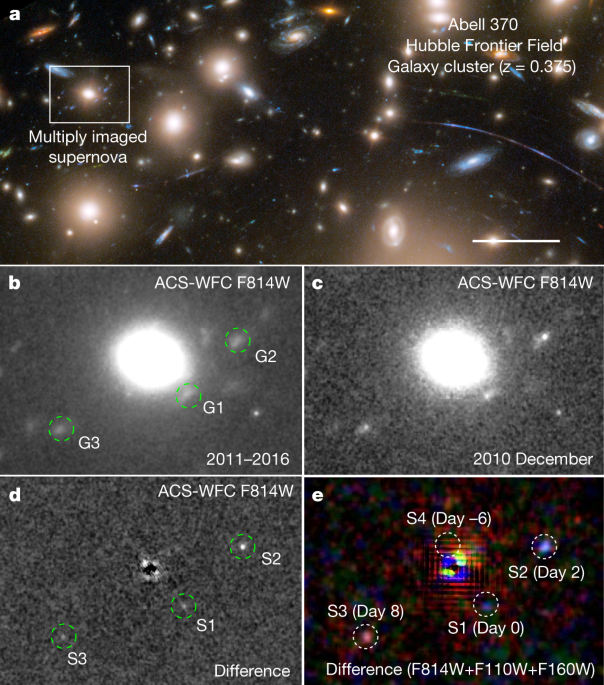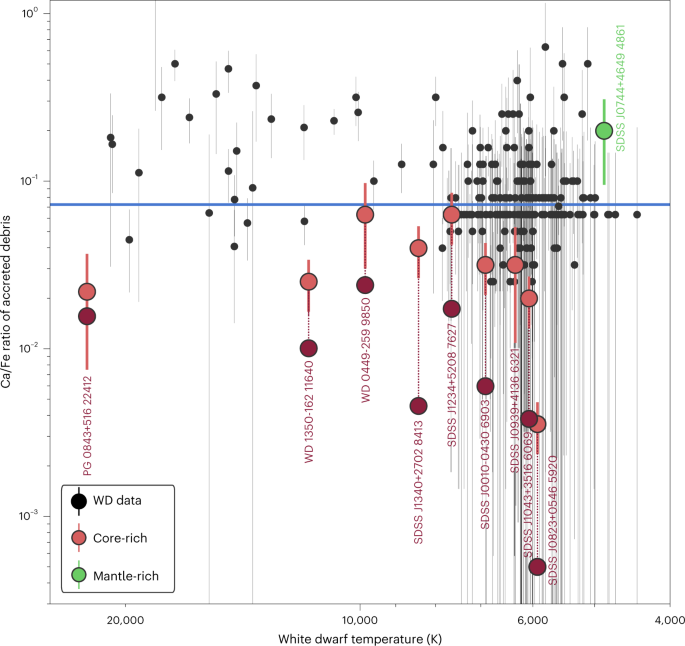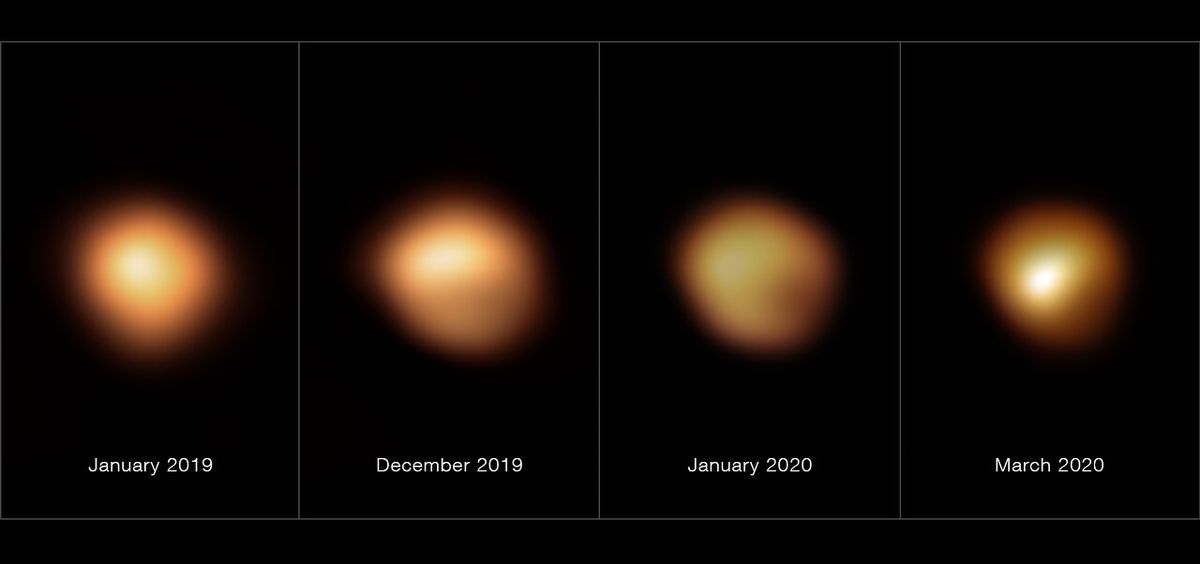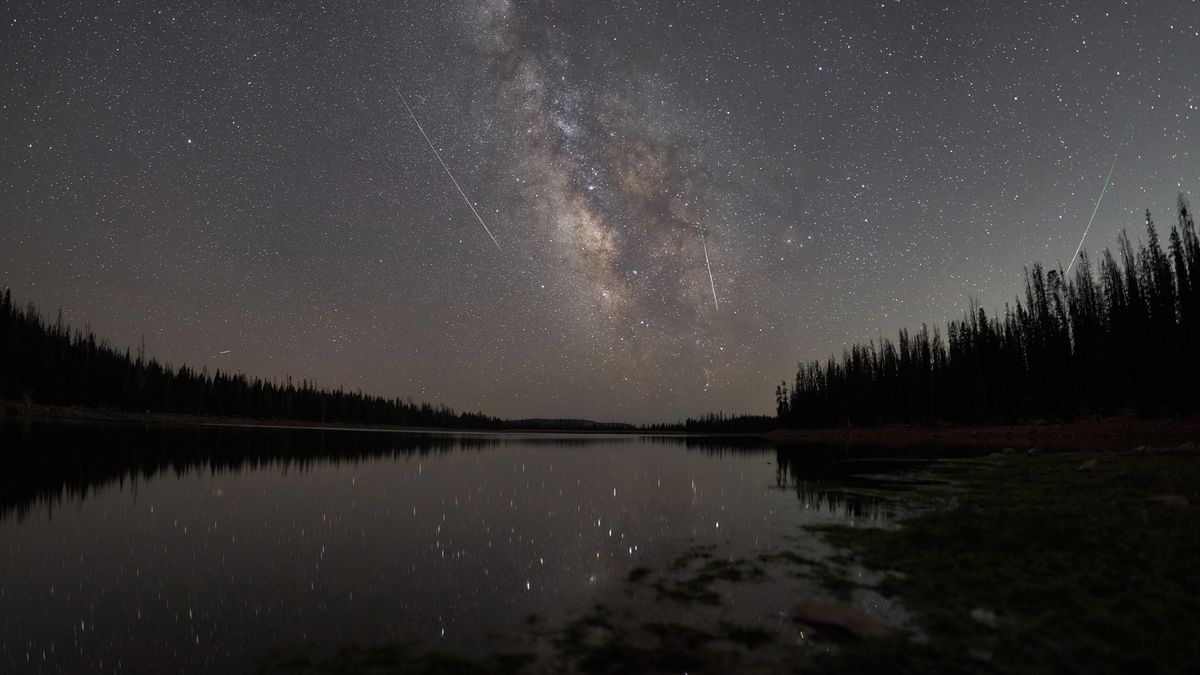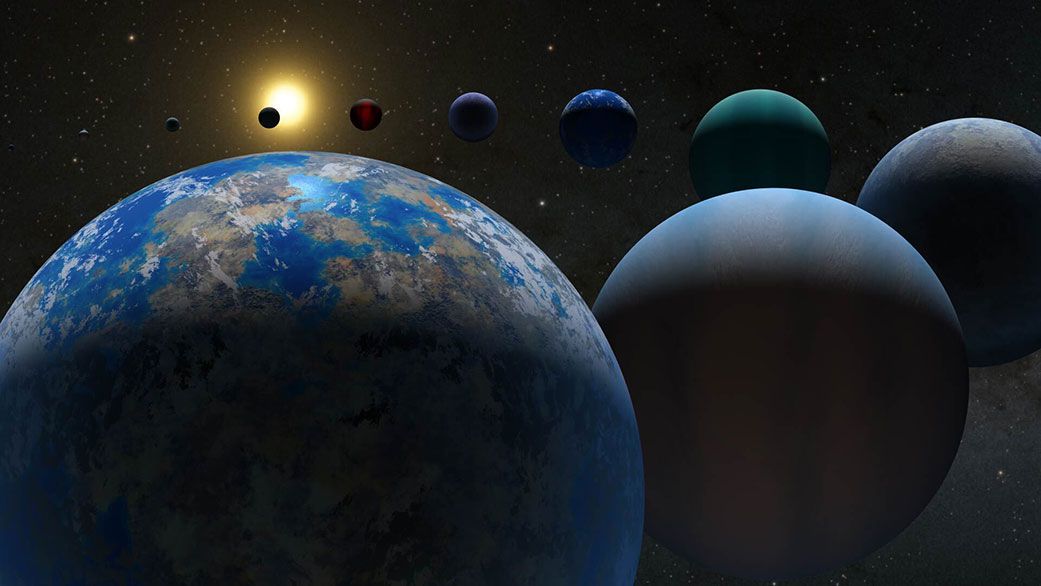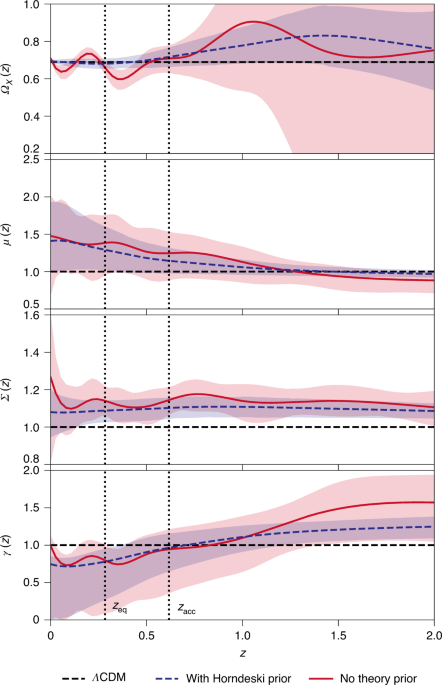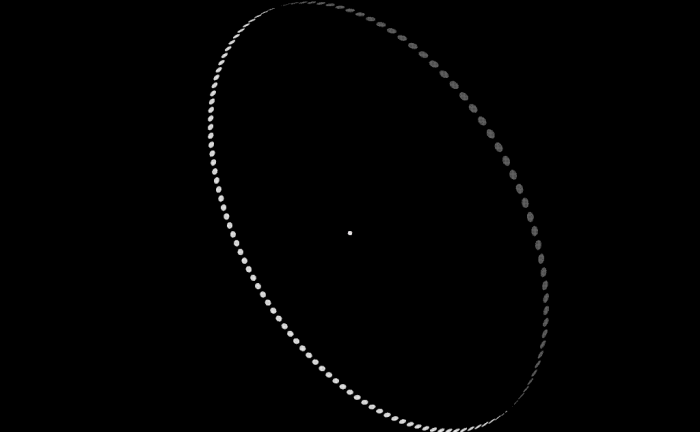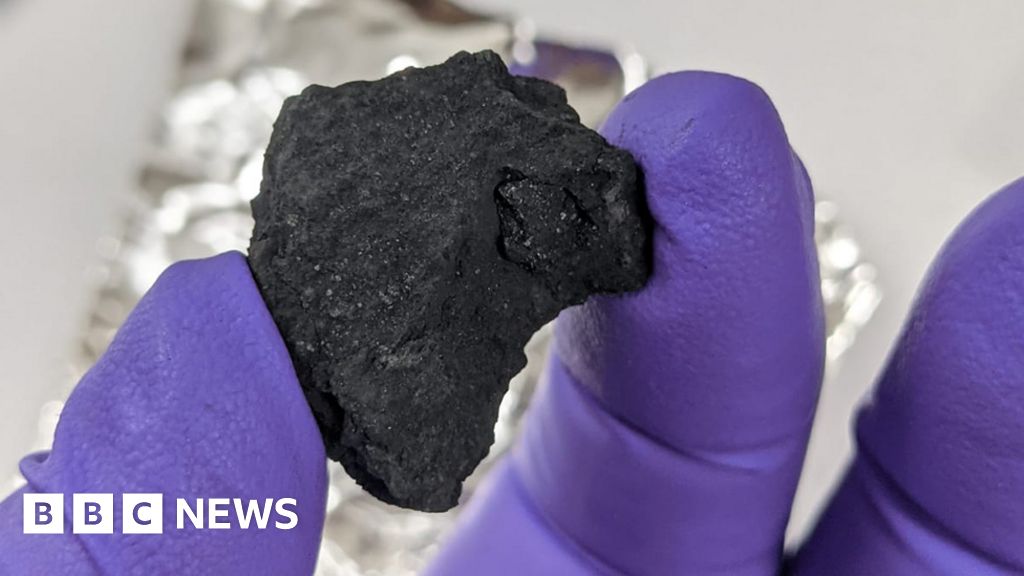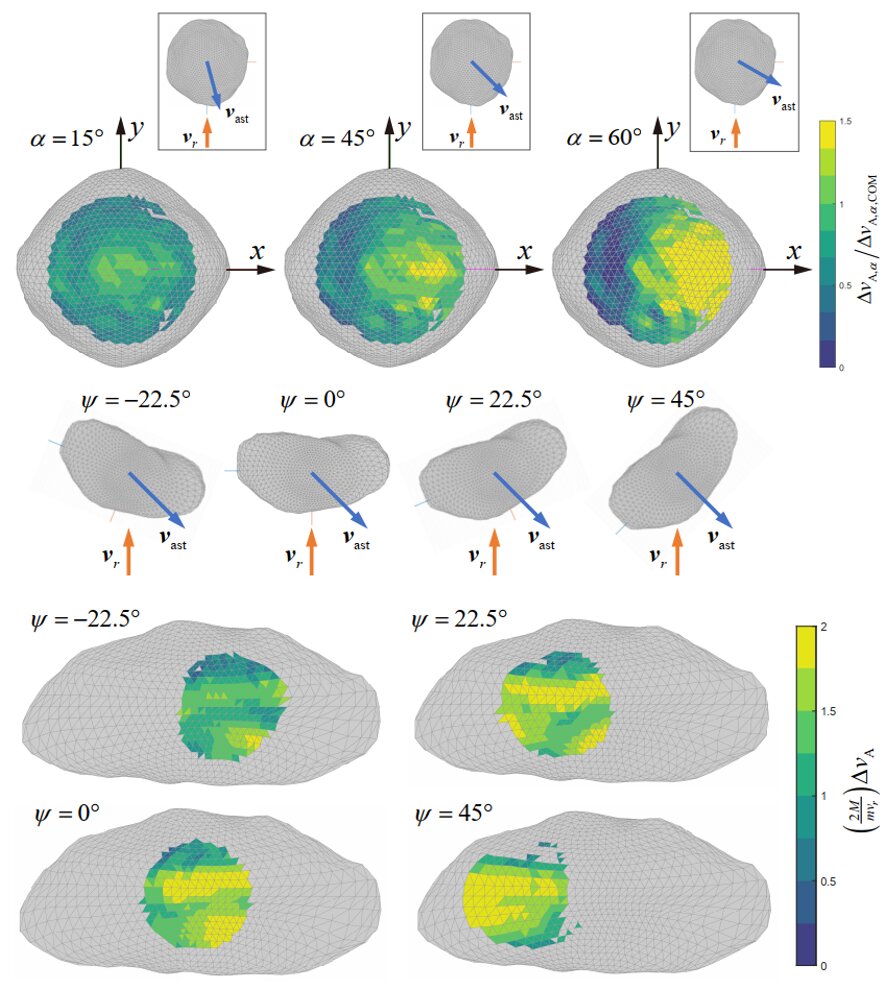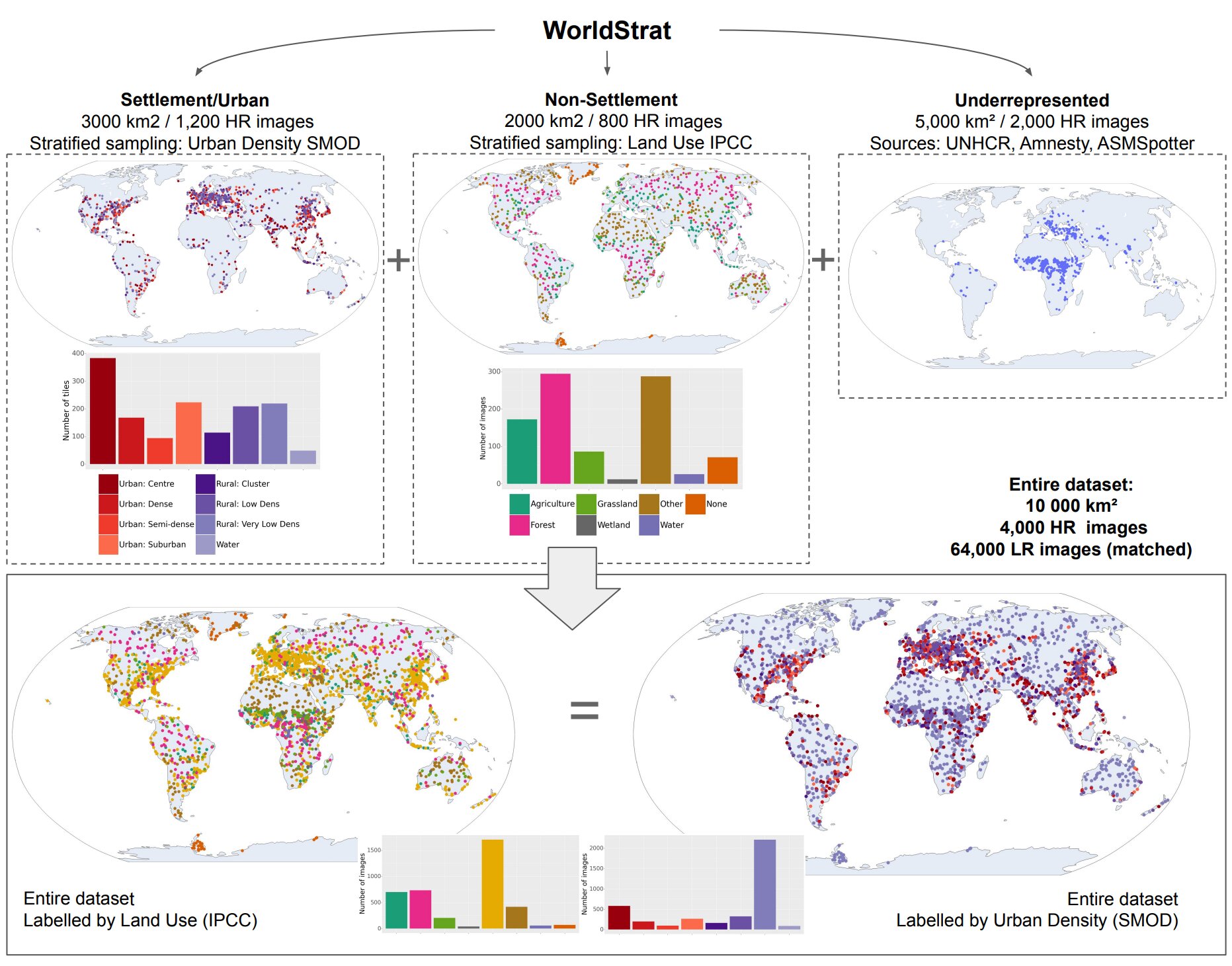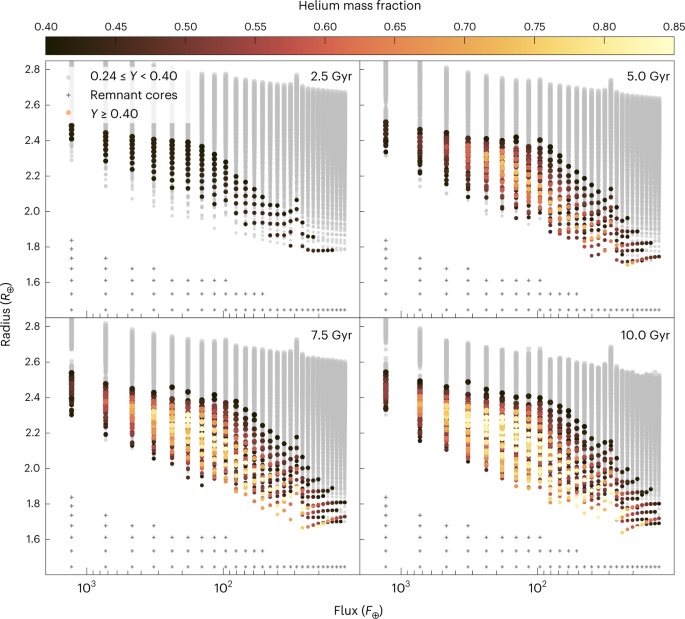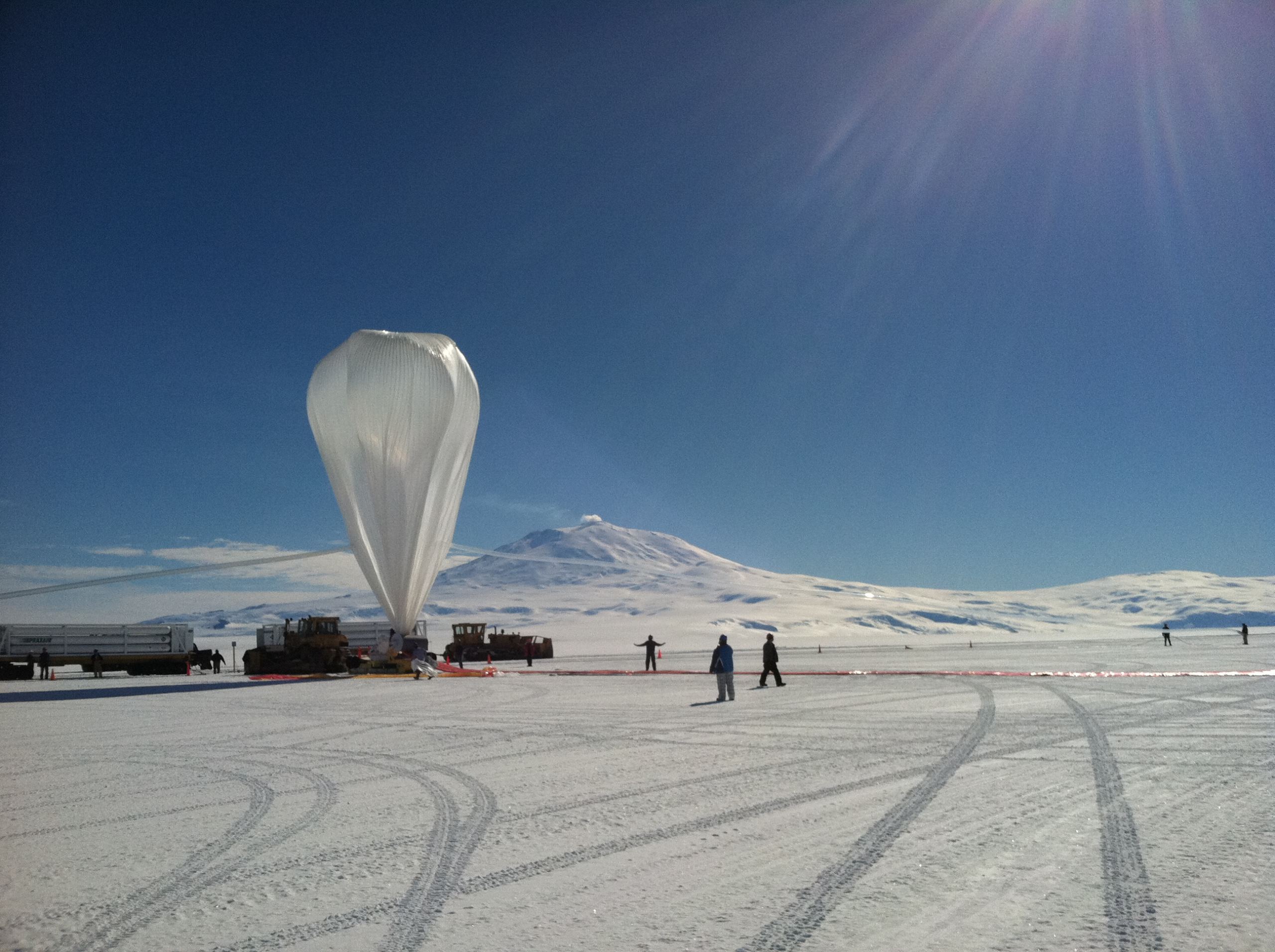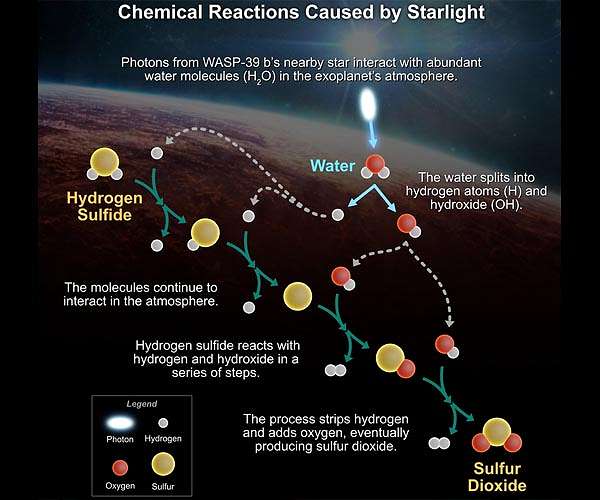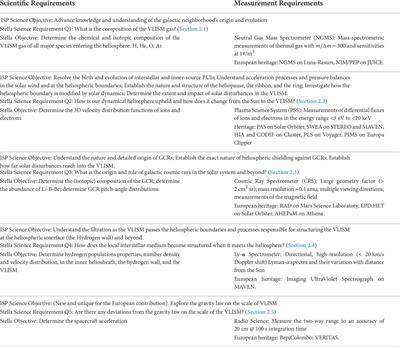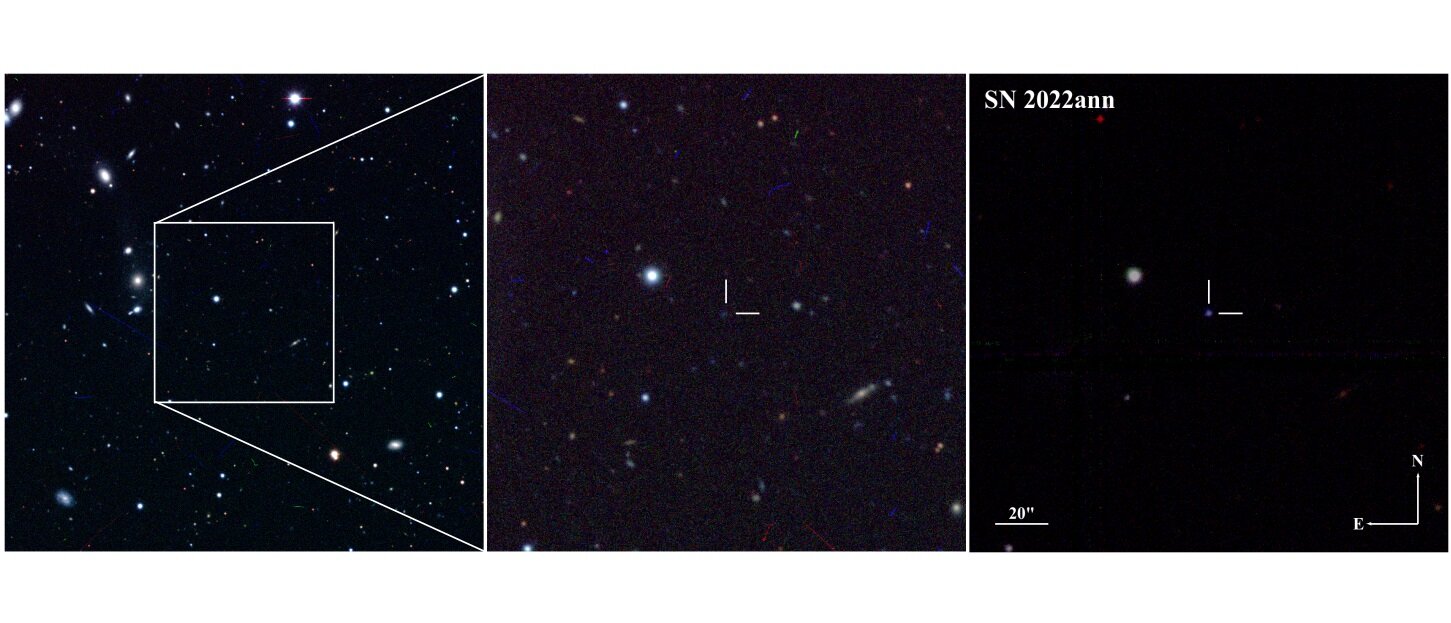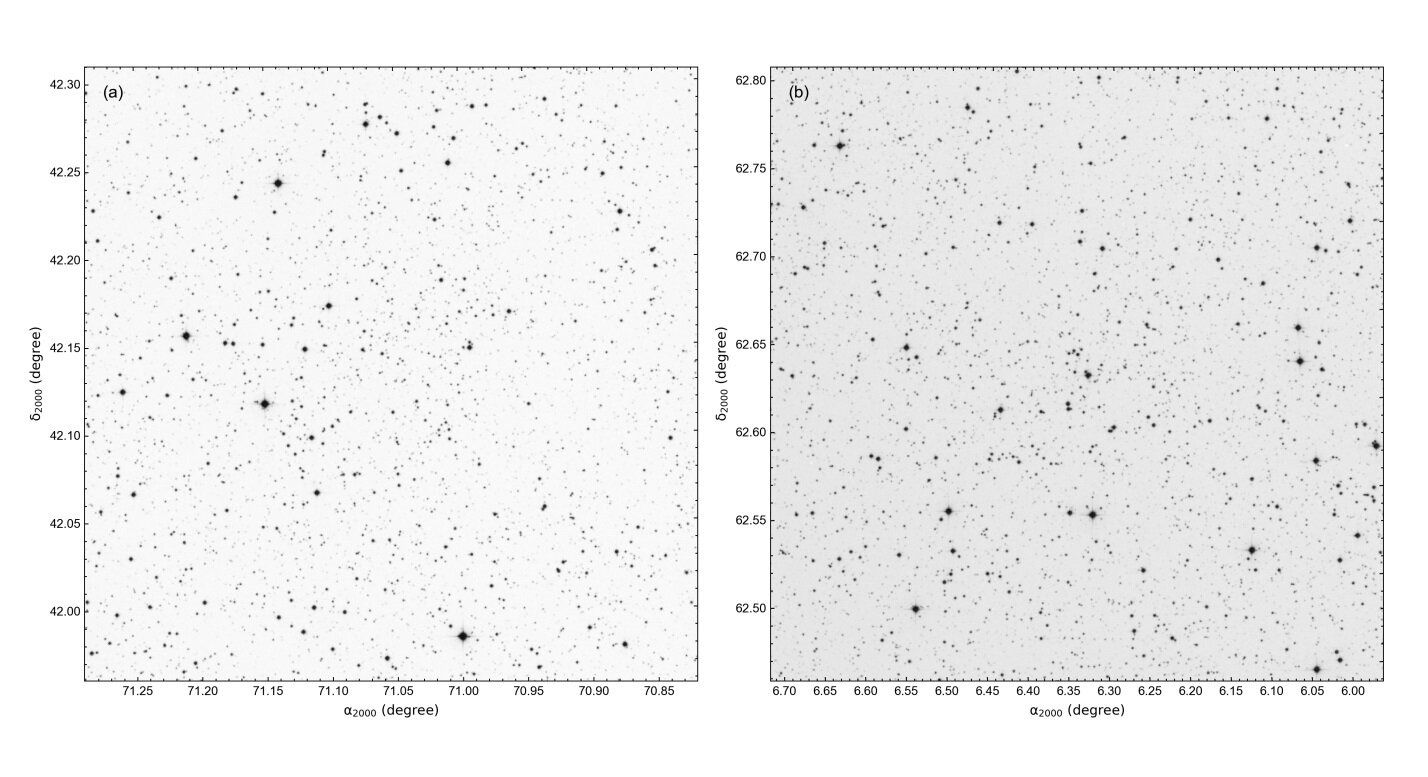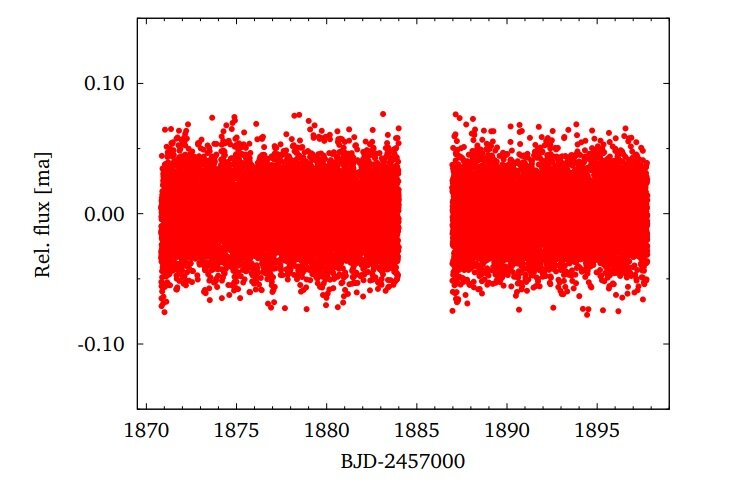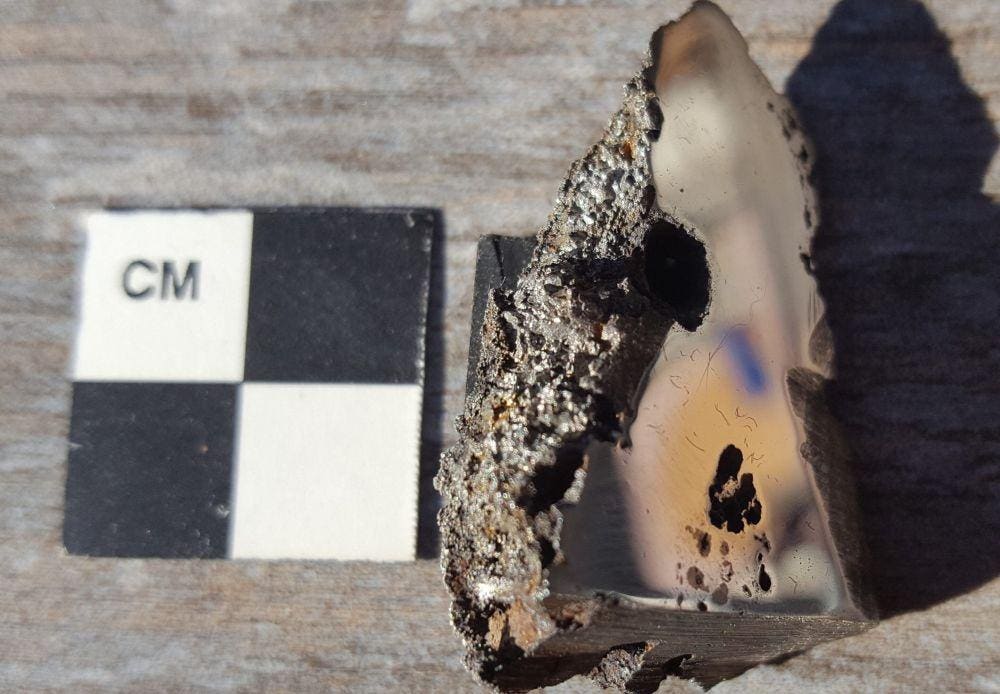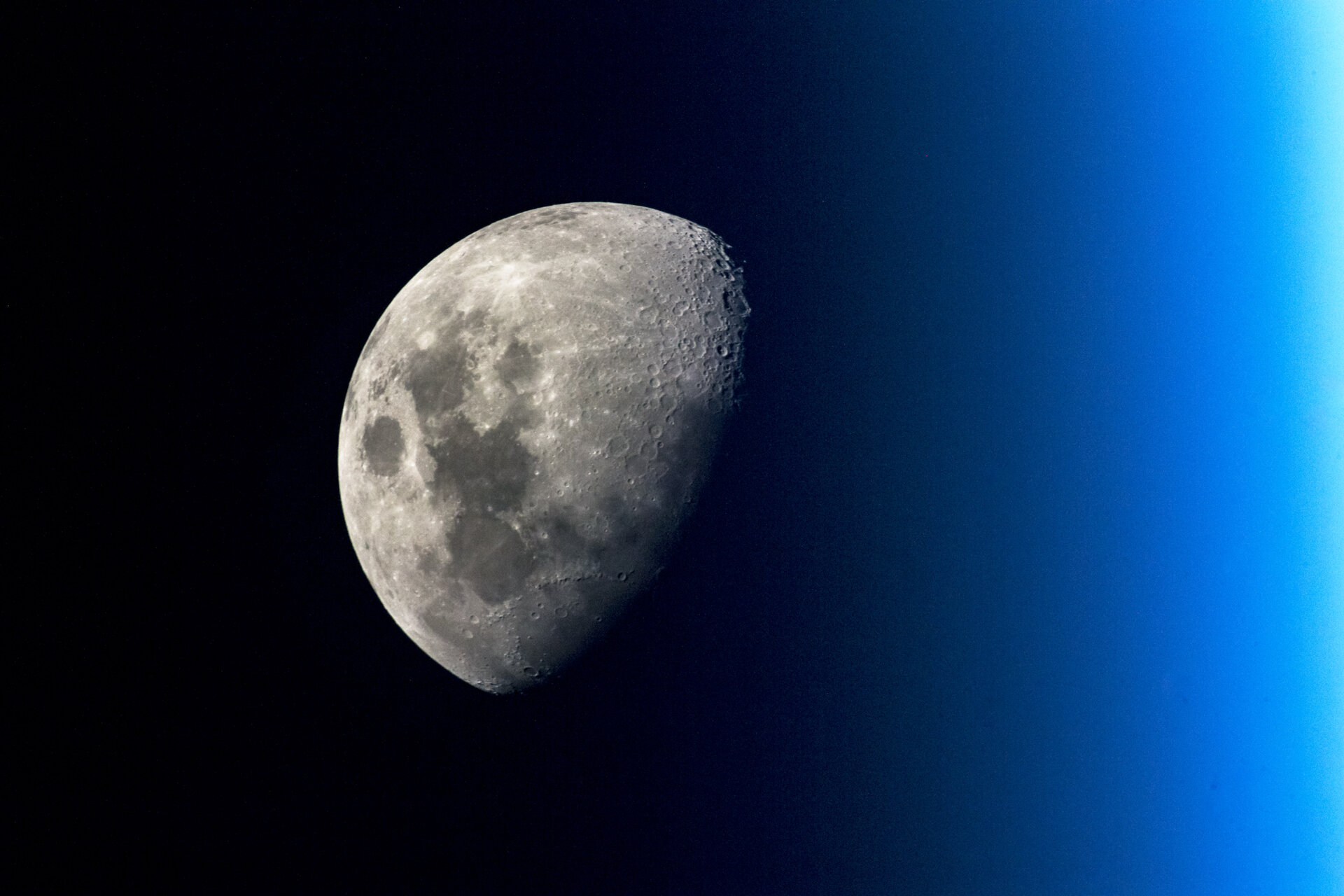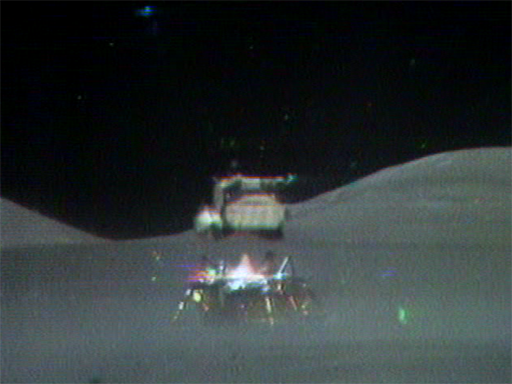Near of course being a relative term here.
A Sun-like star orbiting a black hole
Abstract
We report discovery of a bright, nearby (G=13.8;d=480pc
) Sun-like star orbiting a dark object. We identified the system as a black hole candidate via its astrometric orbital solution from the Gaia mission. Radial velocities validated and refined the Gaia solution, and spectroscopy ruled out significant light contributions from another star. Joint modeling of radial velocities and astrometry constrains the companion mass to M2 = 9.62 ± 0.18 M⊙. The spectroscopic orbit alone sets a minimum companion mass of M2 > 5 M⊙; if the companion were a 5 M⊙ star, it would be 500 times more luminous than the entire system. These constraints are insensitive to the mass of the luminous star, which appears as a slowly-rotating G dwarf (Teff=5850K
, log g = 4.5, M = 0.93 M⊙), with near-solar metallicity ([Fe/H]=−0.2
) and an unremarkable abundance pattern. We find no plausible astrophysical scenario that can explain the orbit and does not involve a black hole. The orbital period, Porb = 185.6 days, is longer than that of any known stellar-mass black hole binary. The system’s modest eccentricity (e = 0.45), high metallicity, and thin-disk Galactic orbit suggest that it was born in the Milky Way disk with at most a weak natal kick. How the system formed is uncertain. Common envelope evolution can only produce the system’s wide orbit under extreme and likely unphysical assumptions. Formation models involving triples or dynamical assembly in an open cluster may be more promising. This is the nearest known black hole by a factor of 3, and its discovery suggests the existence of a sizable population of dormant black holes in binaries. Future Gaia releases will likely facilitate the discovery of dozens more.
ABSTRACT. We report discovery of a bright, nearby ($G = 13.8;\, \, d = 480\, \rm pc$) Sun-like star orbiting a dark object. We identified the system as a b

academic.oup.com

www.telegraph.co.uk



